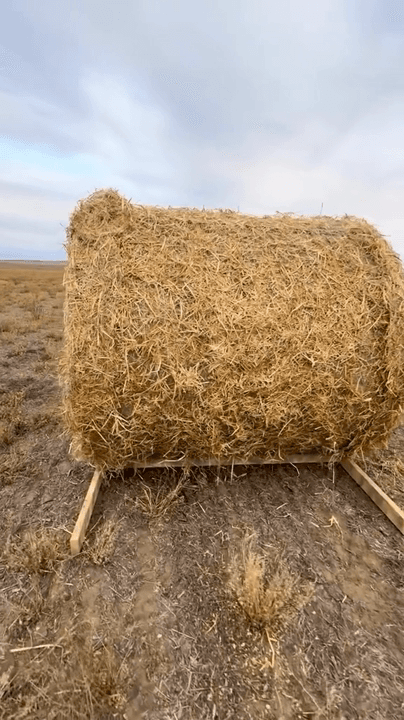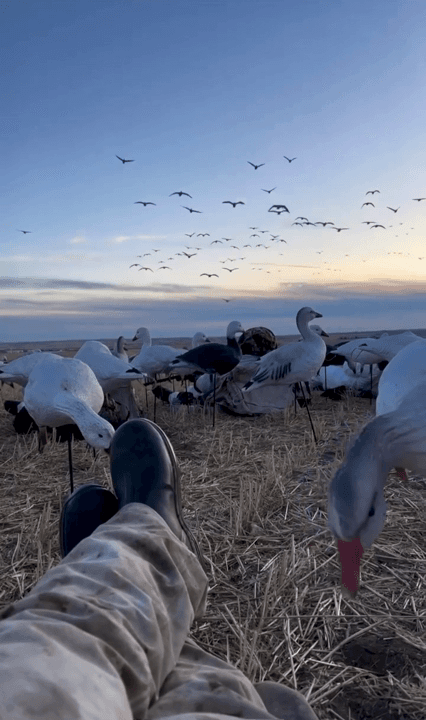
Beretta BRX1 Strata: The Ultimate Straight-Pull Rifle for Hunters and Marksmen 🦌 The Beretta BRX1 Strata is not just another bolt-action rifle—it’s a bold leap into the future of hunting firearms. With its linear reloading system, SUB-MOA accuracy, and military-grade engineering, this rifle is built for speed, precision, and adaptability in any terrain or weather condition. 🎯 Key Features at a Glance • Straight-pull bolt action for ultra-fast cycling • Camo polymer stock for stealth and durability • Cerakote-coated barrel and receiver for corrosion resistance • SUB-MOA accuracy guaranteed for 3-shot groups • Ambidextrous bolt—switchable without tools • Modular design with interchangeable barrels and calibers • Adjustable trigger (950g to 1500g) • Three-position safety system • 5-round orange polymer magazine (standard and magnum calibers) --- 🔧 Available Modifications & Configurations — Text Format Beretta offers several versions of the BRX1 rifle, each tailored for specific hunting and shooting applications: • BRX1 Strata: Features a Cerakote-coated barrel and receiver, combined with a camouflage polymer stock. Designed for stealth and durability in all-weather hunting environments. Barrel lengths range between 570 and 620 mm. • BRX1 Western Hunting: Comes with a longer 620 mm barrel wrapped in carbon fiber and an olive-toned polymer stock. Optimized for long-range precision in mountainous or open terrains. • BRX1 Ranch: Built for speed and agility in driven hunts, this variant features a shorter barrel (between 410 and 460 mm) and a sand-colored polymer stock for better handling. • BRX1 Wild Boar: Developed specifically for close-range boar hunting, it includes iron sights and a 510 mm barrel paired with a high-visibility orange polymer stock. --- 🔫 Caliber Options The BRX1 Strata supports multiple calibers via quick-change barrel kits: • .308 Winchester • .300 Winchester Magnum • 6.5 Creedmoor • .30-06 Springfield • .243 Winchester Each caliber offers distinct advantages depending on your target and terrain. For example, .300 Win Mag is ideal for elk and bear, while .308 Win suits deer and boar. --- 📏 Performance & Range • Effective range: 300–800 meters (depending on caliber and optics) • Accuracy: SUB-MOA (less than 1 inch at 100 yards) • Recoil: Manageable, especially with carbon barrel or muzzle brake • Reload speed: Faster than traditional bolt-actions due to linear system --- 💰 Price & Value The BRX1 Strata typically retails between $1,599–$1,849 USD, depending on configuration and accessories. Caliber conversion kits are available for around $775 USD, making it a cost-effective multi-caliber platform. --- 🦌 Hunting Applications This rifle is favored by: • Big game hunters (elk, bear, moose) • Boar hunters (especially in driven hunts) • Deer hunters (stand or stalking) • Sport shooters (precision and tactical disciplines) Its fast action and modularity make it especially useful in dynamic hunting scenarios where quick follow-up shots are critical. --- 👍 Pros & 👎 Cons ✅ Pros • Lightning-fast straight-pull action • Tool-free ambidextrous bolt conversion • Military-inspired durability • Excellent accuracy out of the box • Modular barrel/caliber system ❌ Cons • Heavier than some competitors (approx. 3.3–3.4 kg) • Trigger adjustment requires disassembly • Safety switch may feel stiff initially • Limited aftermarket support compared to legacy platforms --- 🗣️ User Reviews & Feedback Hunters and shooters consistently praise the BRX1 Strata for its reliability, smooth cycling, and precision. Left-handed users especially appreciate the ambidextrous bolt. Some note the rifle’s weight as a drawback for long treks, but most agree it’s a fair trade-off for stability and recoil control. --- 🔍 Why Choose the BRX1 Strata? If you’re looking for a rifle that combines speed, accuracy, and ruggedness, the BRX1 Strata is a top contender. Its military-grade bolt system, Cerakote protection, and modular design make it a versatile tool for serious hunters and competitive shooters alike. For full specs and product details, check the official Beretta BRX1 Strata page. 🏁 Final Summary The Beretta BRX1 Strata is a formidable choice for both seasoned hunters and competitive marksmen. Its innovative straight-pull bolt action, modular barrel and caliber system, and Cerakote-treated components ensure fast, reliable performance in any environment. With the camo polymer stock, it offers exceptional concealment and weather resistance—vital for stalking in varied terrain. The rifle’s compatibility with multiple calibers, from .308 Win to .300 Win Mag, allows users to customize it for game ranging from deer and boar to elk and bear. It delivers precision you can count on: 3-shot SUB-MOA accuracy backed by Italian engineering and a smooth linear reloading mechanism. Though slightly heavier than some counterparts, the BRX1 compensates with speed, control, and unmatched versatility. Whether trekking through the woods or holding steady at the range, the BRX1 Strata proves to be a top-tier hunting rifle—engineered for performance, built for endurance, and trusted in the field.
Post: 10 July 19:47















































